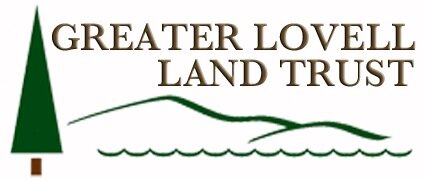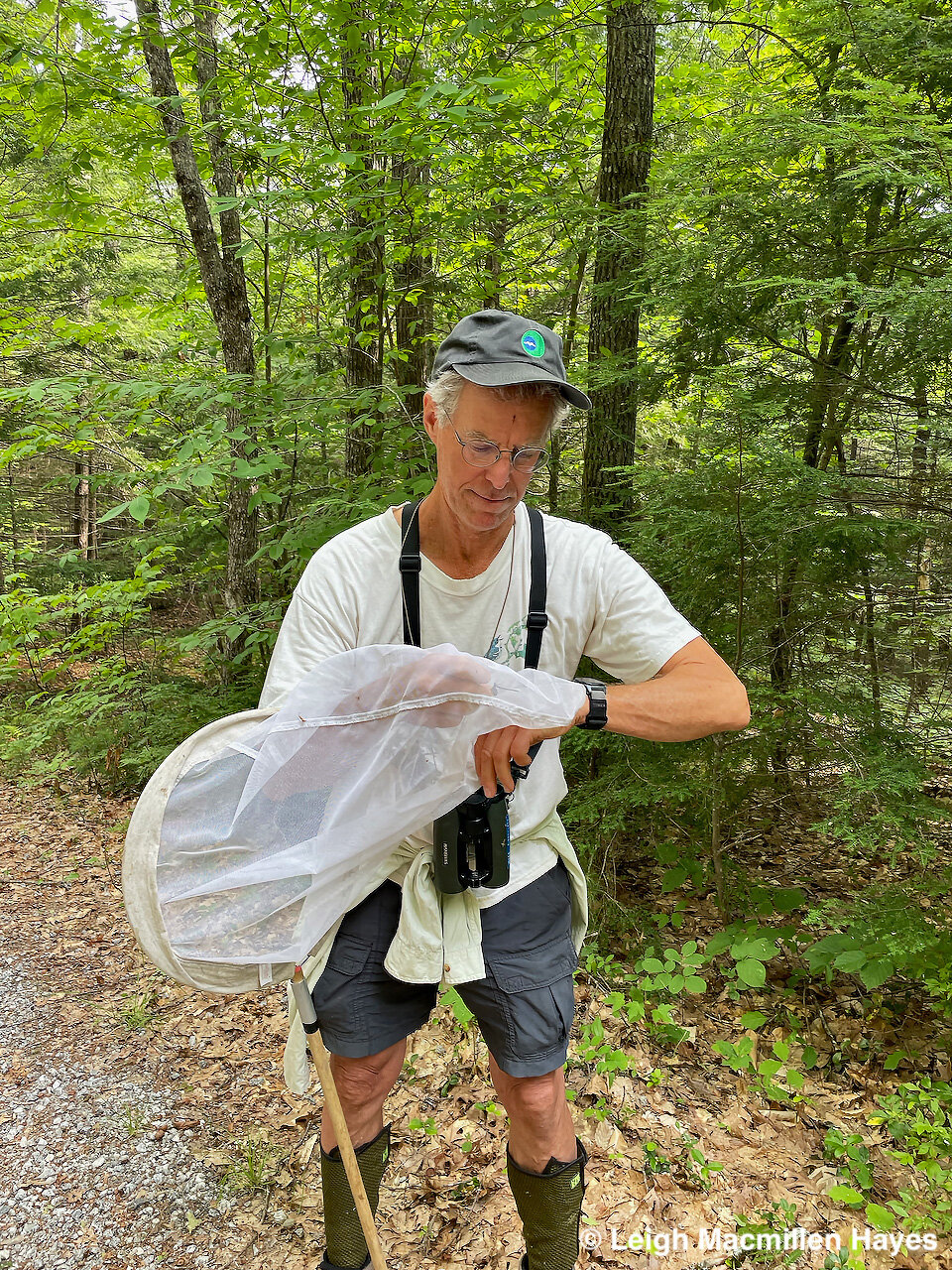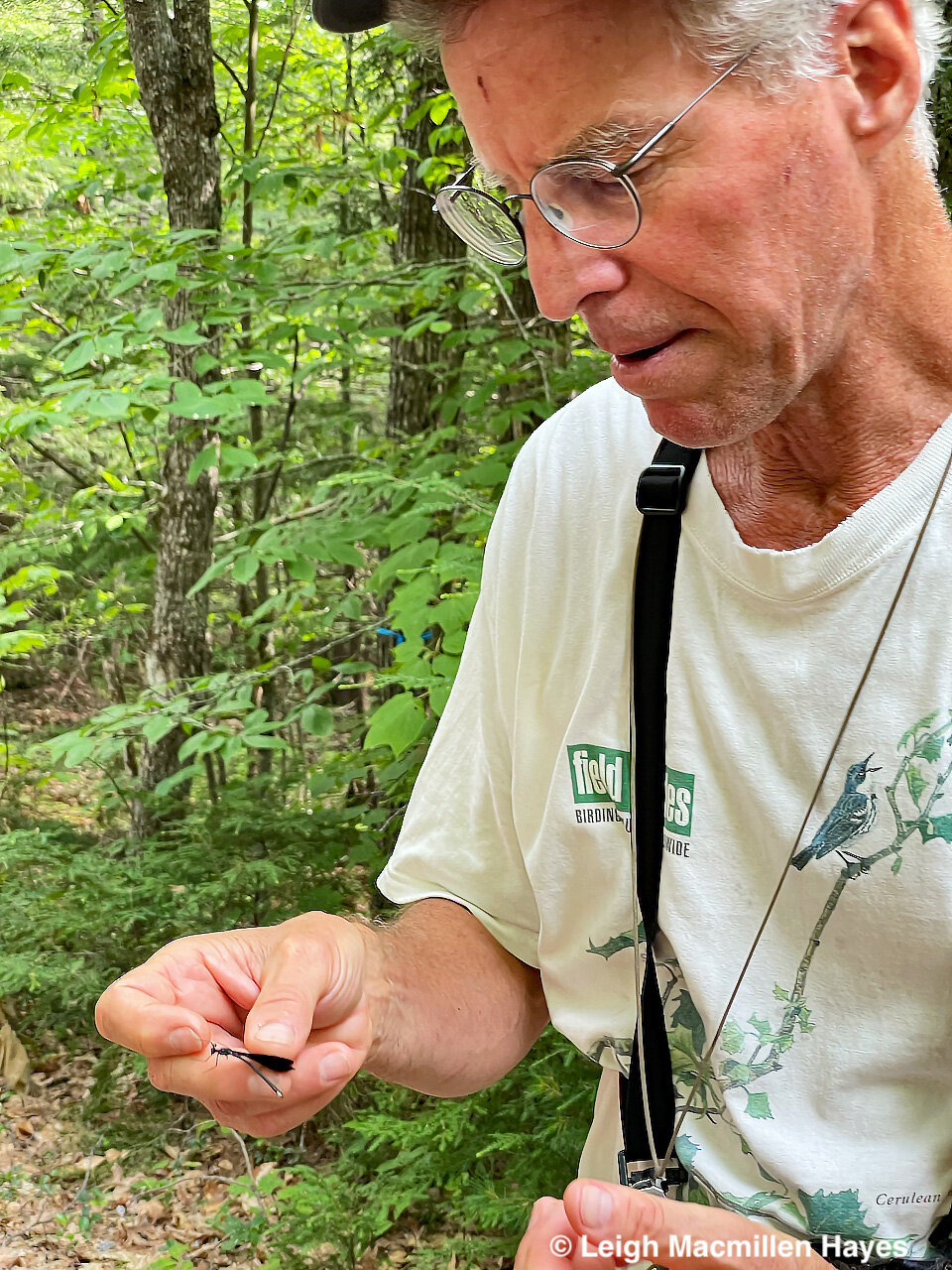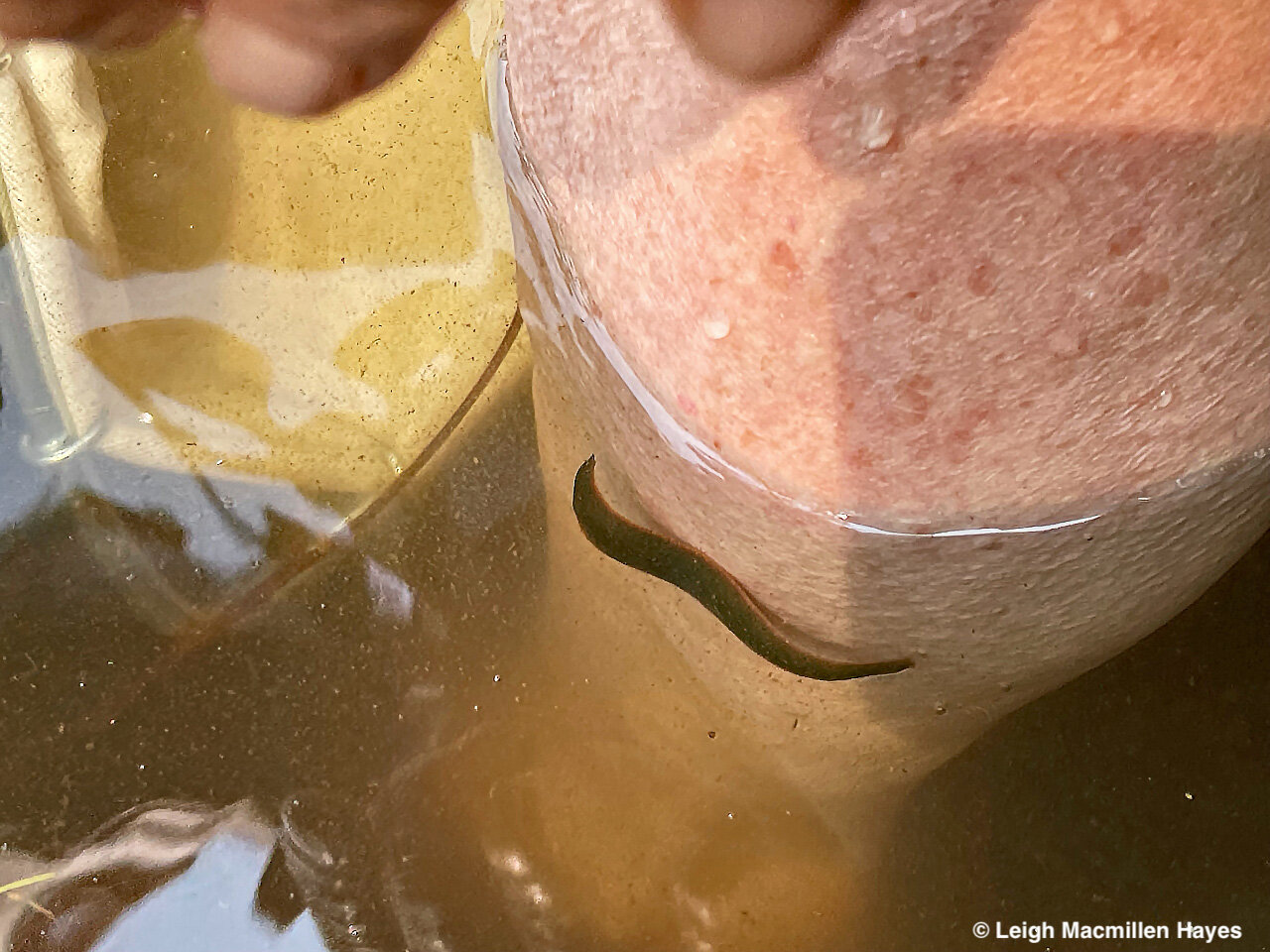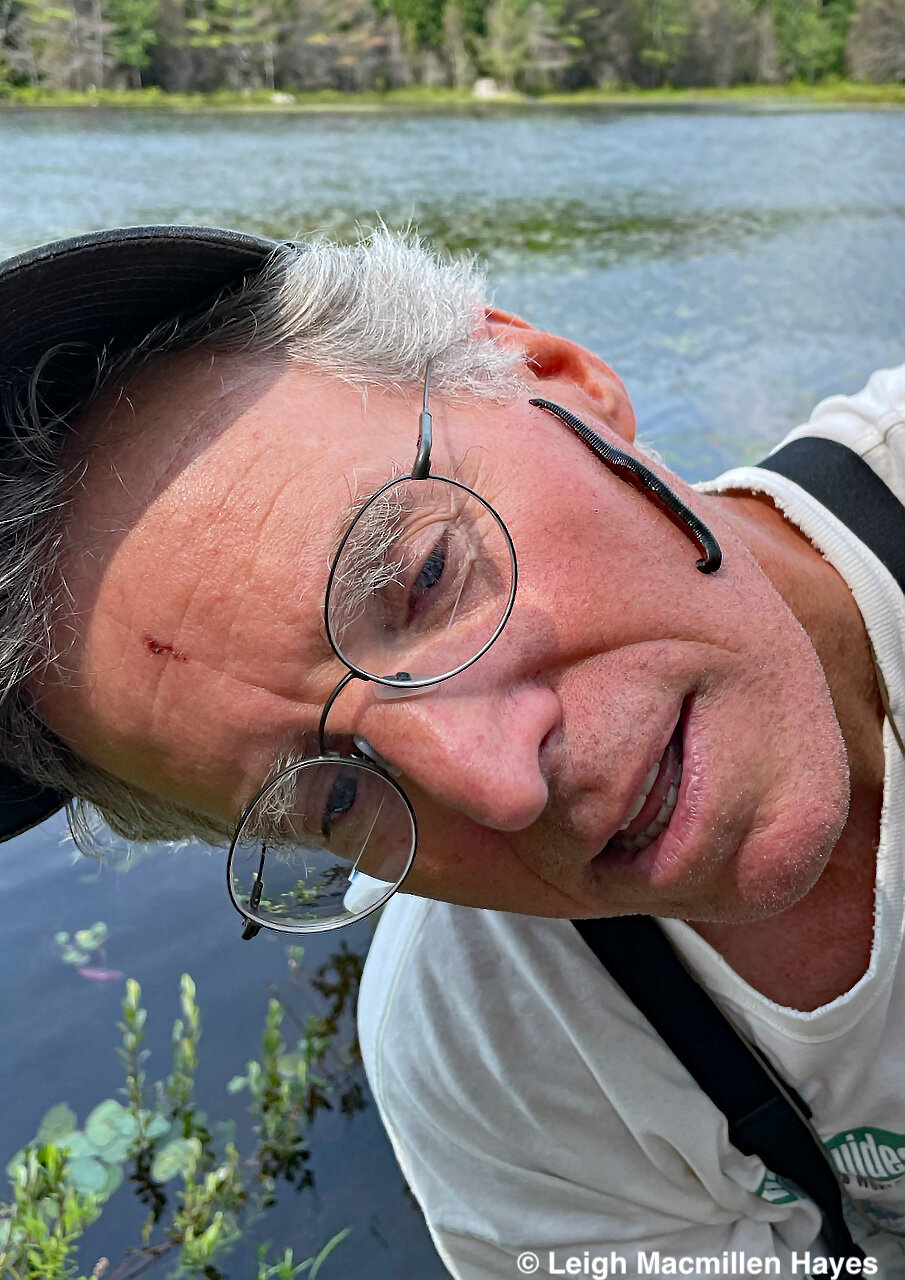The Board of the Greater Lovell Land Trust is delighted to announce that Erika Rowland will become the Executive Director of the GLLT, effective June 1. Many people already know Erika, who served as GLLT’s Executive Director from 2019-2023. Under her leadership, the GLLT acquired ownership of 1435 new acres of land for conservation, and protected another 566 acres of land using conservation easements donated by generous landowners. She led the GLLT to national accreditation from the Land Trust Accreditation Commission in 2022, shepherded the organization through the disruptions of COVID, and strengthened the GLLT’s finances and operations. She fostered good working relationships with local officials and with our neighboring land trusts and conservation organizations. Erika has a rare combination of skills. She is a strategic thinker, who understands the long-term issues of conservation in the face of our changing climate, but she also knows how to build and lead an organization on a practical level.
In addition to her experience at the GLLT, Erika brings many years of experience in conservation organizations in Maine and elsewhere and has wide networks of colleagues in the land trust and conservation world. She has an academic background in conservation, with a Ph.D in Forest Resources from the University of Maine, and an MS in Quaternary Studies from the University of Alaska Fairbanks. Her field of study takes a truly long-term perspective on climate science, and her graduate work analyzed tree rings, plant pollen, charcoal fragments and other matter preserved in wetland sediments to see how vegetation changed in response to climate shifts over the past 5,000 years! In her current work, she brings her expertise in applied conservation to the problem of climate change resilience and adaptation on both local and regional levels.
Erika lives with her family in Bridgton. You’ll often find her exploring the woods and waters of Western Maine, enjoying running, hiking, kayaking, skiing, snowshoeing and other outdoor activities in our area. She’s looking forward to coming back to the land trust: “I’m excited to return again to the GLLT and join forces with the truly wonderful staff, board and the many wonderful volunteers and supporters of the GLLT.”
Erika will succeed Rhyan Paquereau, who has ably served as GLLT’s Interim Executive Director since last summer. Rhyan will remain with the GLLT as Stewardship and Conservation Director. Many thanks to Rhyan for all his efforts and achievements in supporting the mission and vision of GLLT.
